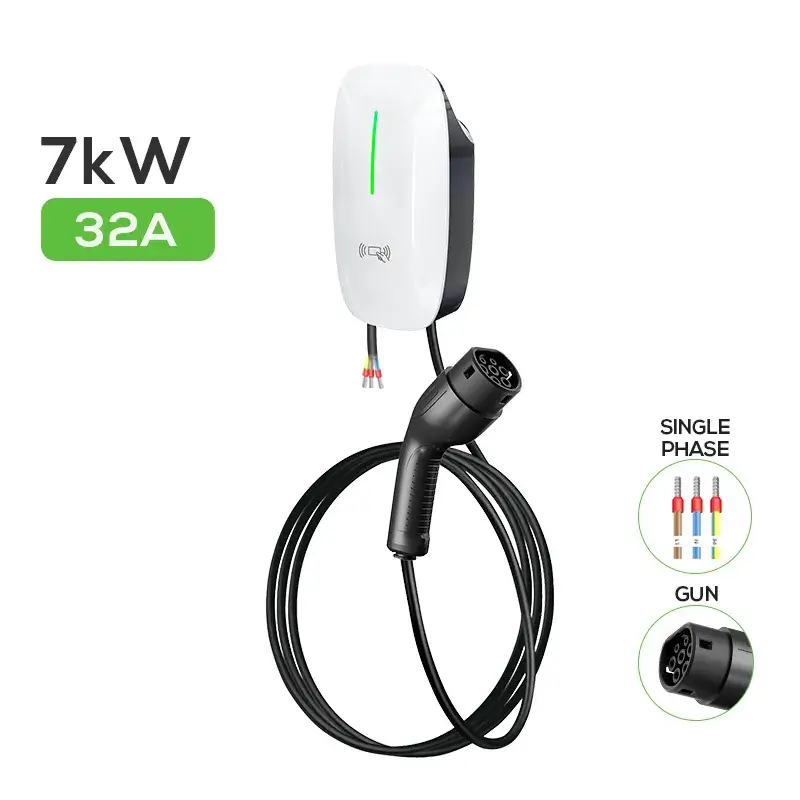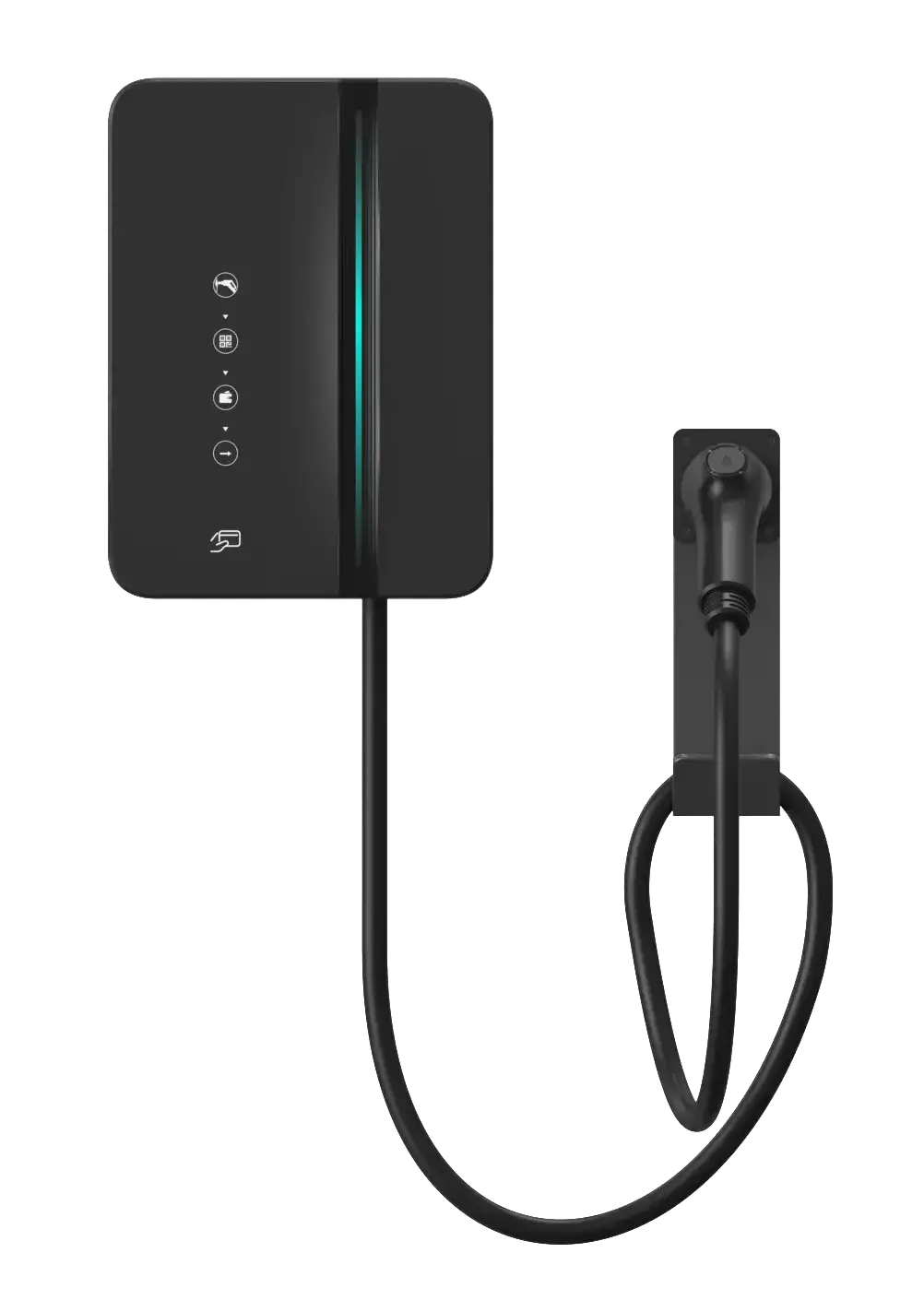Last week two headlines raced through industry chats. In Ho Chi Minh City, officials paused German-ODA funding for Metro Line 2 and pledged domestic cash instead—freeing up capital just as the International Energy Agency warned Vietnam will need 100 000–350 000 new EV charging stations by 2040 to keep pace with 3.5 million battery cars. Half a world away, Beam Global announced its first solar-powered off-grid chargers in the Middle East, a region already ordering electric buses by the thousands for Riyadh and Dubai. The common thread Charging Infrastructure, not vehicles, is now the bottleneck.
“Should We Electrify Our Fleet?” Have Moved To “Where Will We Plug Them In?”
This article explains why Southeast Asia and the Middle East have become the next electric vehicle charging station gold-rush, what the hardware actually does, and how fleet owners, mall operators, hotels and factories can prepare before they purchase a single post.
Why These Two Regions Now
- Cost curves: Battery prices have fallen 82 % in ten years, making electric SUVs cheaper to own than petrol ones when fuel and maintenance are counted.
- Geographical fit: Short intra-city distances in archipelagic Southeast Asia and dense GCC urban clusters suit overnight or top-up charging, not long highway corridors.
- Charging station energy surplus: Both regions enjoy either low-cost off-peak power (Vietnam’s midnight coal surplus) or abundant daytime solar (UAE’s 2.3 ¢/kWh). Idle kilowatts become profit when sold to parked cars.
The Quiet Hero: The EV Charging Station
- At home: 7 kW EV charging station can refill a compact crossover in six hours while the driver sleeps, cutting morning queues at petrol kiosks.
- At work: Fleets of ride-hailing or delivery vehicles rotate through 11 kW postsduring lunch breaks, adding 60 km range—enough for the evening shift—without driver downtime.
- In commerce: Shoppers spend 20 % more time in malls that offer free top-ups; hotels attract eco-tourists who specifically book “green parking.”
- In industry: Forklifts and light trucks inside logistics parks swap diesel fumes for silent chargers, improving indoor air quality and reducing fire-insurance premiums.
Core Advantages For B2B Buyers
- Revenue stack: Sell kilowatts, charge parking fees, or bundle “free electricity” into higher room or lease rates.
- Brand signal: A visible row of sleek chargers telegraphs sustainability to regulators, investors and Gen-Z talent.
- Grid services: Smart chargers can throttle down when the building’s HVAC spikes, lowering demand charges that often make up half of a commercial electricity bill.
- EV charging station future-proofing: Designed for 7-22kW charging, modern day smart AC
charging stations are already designed to handle tomorrow’s EVs with longer range, without the
need to refit the core charging components.
Before You Buy: Five Readiness Checks
Paper Trail
Keep paper trail of Building permit or mall management consent. Utility interconnection approval; in some provinces the local DISCO must stamp single-line diagrams.
Code Compliance
Fire department may ask for IEC 61851 or UL 2594 certification documentation. If the site is near a petrol station, a 3-metre safety radius can trigger additional zoning reviews.
Electrical Compatibility
Check transformer spare capacity at the low-voltage panel; 50 kVA is usually the minimum for 22 kW EV charging station. Ask the utility about peak-load penalties; adding load at 2 p.m. can be costlier than at 11 p.m.
Environmental Fit
IP54 enclosures handle monsoon rain in Bangkok; an extra canopy extends lifespan in Riyadh sandstorms.
Temperature derating: chargers lose roughly 1 % output for every 3 °C above 40 °C—plan oversizing if the yard is black asphalt.
Electric CarCarfagem Station Network Backbone
4G SIM or existing Wi-Fi? Remote diagnostics reduce truck rolls; missing connectivity voids many warranties.
Decide who owns the driver data: your facility, the charger brand, or a roaming platform? GDPR-style rules are coming to ASEAN.
Looking Ahead
Southeast Asia’s ev charging station wave will be smaller but denser than Europe’s. Expect clusters around Bangkok’s Bang Na expressway and Jakarta’s outer-ring tolls rather than 500-km corridors. The Middle East will leapfrog directly to solar canopies and battery-buffered “charging oases,” turning desert rest stops into energy hubs.
For businesses the message is simple: secure essential building consent and permits now, then pick essential charging hardware. Prioritize charging hardware based on immediate to medium term cashflow over ones that look like futuristic totems today, as they could be as common as an air-conditioning unit by 2030.
For businesses looking to thrive in the EV revolution, partnering with a globally experienced EV charging station supplier is no longer a choice but a strategic imperative.
The Strategic Asset Beyond Charging
Forward-thinking enterprises now recognize EV charging stations as multifunctional infrastructure assets rather than mere operational costs. For commercial property developers and industrial zone operators, strategically deployed chargers transform underutilized spaces—parking lots, warehouse peripheries, or employee zones—into revenue-generating hubs.
This infrastructure attracts premium tenants seeking ESG-aligned facilities while creating new customer engagement touchpoints; a logistics park installing chargers can simultaneously reduce fleet operating costs, monetize idle land through public access fees, and leverage “green warehousing” certifications for tax incentives. Crucially, early adopters secure prime grid connection points ahead of regional capacity crunches, avoiding costly future retrofits.
As regulators accelerate EV adoption mandates from Jakarta to Jeddah, charging infrastructure transitions from a compliance checkbox to a core competitive moat—one that compounds value through energy arbitrage (selling solar surplus at peak rates), data monetization (anonymous traffic analytics), and enhanced asset valuations. Partnering with vertically integrated suppliers ensures seamless scaling from pilot installations to campus-wide networks without operational fragmentation.
FAQ
Q1: How fast can I get a return on a commercial EV charging station?
A: With blended use (employee cars + paid public access) at USD 0.30 kWh margin, 22 kW post running 8 hrs/day pays back in 18-24 months in Bangkok or Dubai electricity markets.
Q2: Do I need three-phase power for every charger?
A: For 7 kW single-phase power is enough. 11 kW and above require three-phase power. We can supply either model; just send a photo of your distribution board.
Q3: Will the EV charger station still work during a power cut?
A: Standard EV charging stations automatically deactivate during grid failures as a mandatory safety protocol to prevent electrical hazards. For continuous operation, off-grid systems with battery backup seamlessly power the station, ensuring logistics fleets and commercial hubs maintain uninterrupted operations during outages.
Q4: What happens if regulations change after installation?
A: Firmware-over-the-air (OCPP 1.6) updates cover most protocol changes. Hardware changes (e.g., new connector) take <30 min with our slide-out modules.



